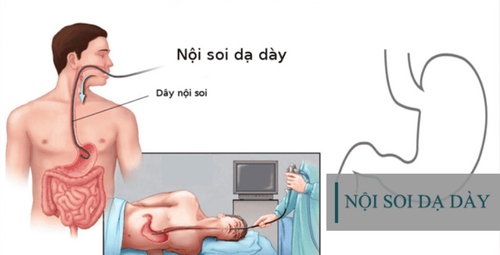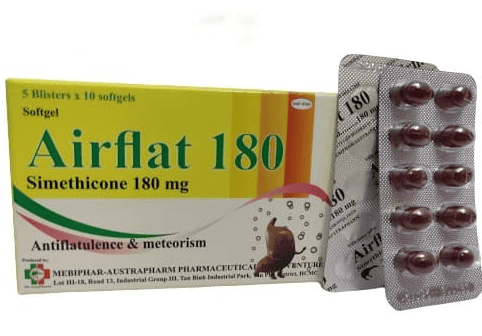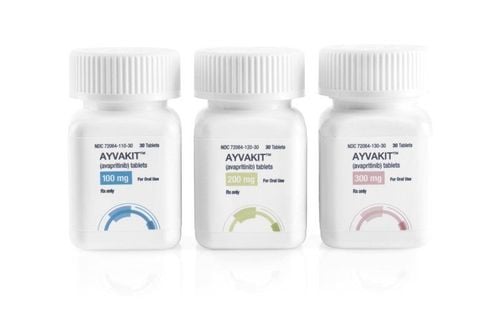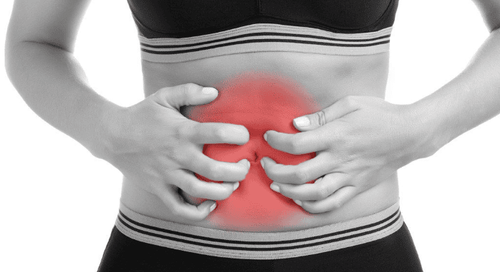This is an automatically translated article.
Posted by Master, Doctor Pham Thi Thu Huong - Head of Department of Gastroenterology - Endoscopy - Department of Gastroenterology - Endoscopy - Vinmec Times City International HospitalAfter a gastroscopy, the patient will be observed for a period of time, usually less than an hour, while the sedative is eliminated from the body. This is a safe technique, but in some cases complications can also occur.
1. Endoscopy overview
An upper gastrointestinal endoscopy, commonly known as a gastroscopy or gastroscopy, is a procedure that allows a doctor to directly examine the upper part of the digestive tract, including the esophagus and stomach. and duodenum (first part of the small intestine).The doctor performing the procedure, called an endoscope, is specially trained in using an endoscope to examine the upper digestive system, looking for inflammation (redness, irritation), bleeding blood, ulcers or tumors.
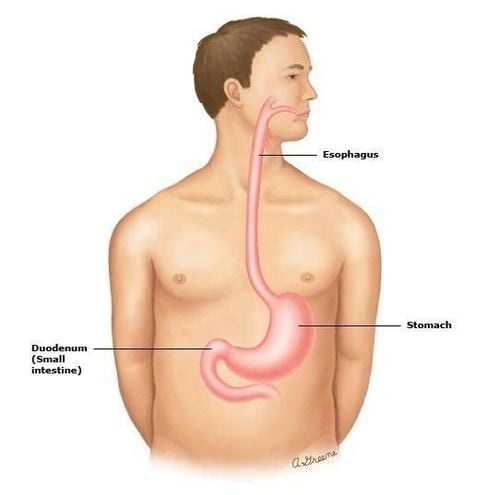
Nội soi đường tiêu hóa trên, thường được gọi là nội soi dạ dày hoặc nội soi dạ dày - tá tràng
2. Reasons for Upper Gastrointestinal Endoscopy
The most common reasons for upper GI endoscopy include:Unexplained abdominal discomfort or pain in the upper abdomen GERD or gastroesophageal reflux disease (commonly known as heartburn or heartburn) Persistent nausea and vomiting Upper gastrointestinal bleeding (vomiting blood or blood found in the stool originating from the upper part of the digestive tract). Bleeding can be treated during endoscopy Iron deficiency anemia (low blood count associated with low iron levels in the blood) in people without obvious bleeding Difficulty swallowing, food or liquid getting stuck in the esophagus while swallowing. This can be caused by a stricture due to a mass or by the esophagus not contracting properly. If there is a severe narrowing, it can often be dilated with a special balloon or dilator during endoscopy Abnormal or unclear findings on upper GI X-rays, CT scans, or MRIs Removal of foreign body (swallowed object) To check for healing or progression of previously found polyps, tumors or ulcers
3. Preparing for Upper Gastrointestinal Endoscopy
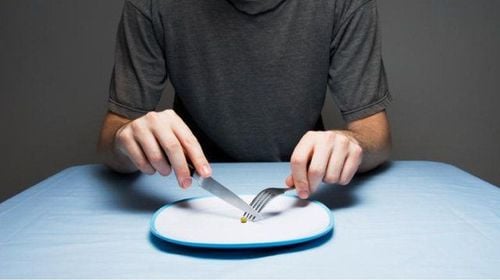
Người bệnh có thể được yêu cầu không ăn hoặc uống bất cứ thứ gì trong vòng tám giờ trước khi nội soi
The patient may be asked not to eat or drink anything for eight hours before the endoscopy. It is important that your stomach is empty to allow the endoscopist to see the entire gastrointestinal tract and to prevent the risk of food or liquid spilling into your lungs while sedation is taking place.
Patients may be asked to adjust the dose of medications they are taking (such as insulin) or to stop specific medications (such as anticoagulants) temporarily before the endoscopy. You should discuss your current medications with your doctor before your appointment for a colonoscopy.
The sick person should arrange for a friend or family member to escort you home after the test. Although the patient will be alert on discharge from the hospital, sedating medications can cause temporary changes in reflexes and judgment and interfere with their ability to drive or make decisions (correspondingly). similar to that of alcohol). Patients who are sedated are usually required to be accompanied at home after the procedure.
4. What happens during endoscopy?
Before the endoscopy, the medical staff will review the patient's medical and surgical history, including any medications you are taking. A doctor will explain the procedure to be performed and ask the patient to sign the consent form. Before signing the consent, the patient should understand the benefits and risks of the laparoscopic procedure, the alternatives to this procedure, and all of the patient's questions will be answered.If you opt for sedation-assisted endoscopy, the nurse will place an intravenous line (needle inserted into a vein in the arm or arm) to deliver the medication. You may be given a combination of sedatives (to help you relax) and pain relievers (to prevent discomfort) or other medications commonly used to induce sleep.
The patient's vital signs (blood pressure, heart rate and blood oxygen levels) will be monitored before, during, and after the endoscopic procedure. The follow-up is painless. Oxygen is usually delivered during the procedure through a small tube located under the nose and attached around the ear. For safety reasons, dentures should be removed prior to the procedure.
Although most patients are sedated for gastroscopy, many can tolerate endoscopy without sedation.
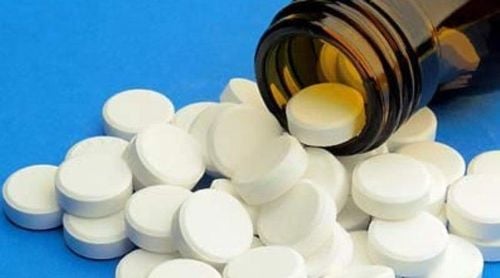
Hầu hết bệnh nhân được dùng thuốc an thần hỗ trợ cho nội soi dạ dày
The endoscope is a flexible tube about the size of a little finger. The endoscope has a camera lens and light source that allows the endoscopist to see the inner lining of the upper digestive tract. The doctor will observe the images obtained on a dedicated monitor. Most people have no difficulty swallowing a flexible gastroscope due to the sedation. Many people sleep during the test; others feel very comfortable and are often unaware of being checked.
An alternative procedure called transnasal gastroscopy is available at Vinmec hospital. The nasal endoscope, which is much smaller (about the size of an oral straw), is inserted through the nose into the esophagus and stomach. The patient does not need sedation, but a medication is sprayed into the nose to prevent discomfort. Full inspection can also be performed with this instrument.
During an endoscopy, the endoscopist may take a tissue sample called a biopsy for pathology to help determine the nature of the lesion. The biopsy is painless. The endoscopist may also perform other treatments (such as dilating the stricture, removing stomach polyps, treating bleeding, etc.), depending on what is found during the examination. Air or carbon dioxide is gently introduced through the endoscope to dilate the esophagus, stomach, and intestines, allowing the endoscope to pass through these areas and improve the endoscopic surgeon's visibility. soi. You may experience mild discomfort as air is pushed into your stomach and intestinal tract. This is not harmful; burping can reduce discomfort. The endoscope does not interfere with your airway. Taking slow, deep breaths just before and during the procedure can help you relax.
Follow-up after endoscopy: After the endoscopy, the patient will be observed for a period of time, usually less than an hour, while the sedative is eliminated from the body. Some commonly used medications cause some people to temporarily feel tired or have trouble concentrating. You will usually be instructed not to drive and not return to work the same day of the procedure.
The most common discomfort after the test is a feeling of bloating due to the air being introduced during the test. This usually resolves quickly. Some patients also have a mild sore throat. Most patients can eat right after the exam.
Possible complications after endoscopy: Gastroscopy is a safe procedure and complications are rare. Here is a list of some possible complications:
Choking food or liquid into the lungs. The risk can be minimized by not eating or drinking for the recommended amount of time before the colonoscopy. Reactions to sedation are possible. Before performing the endoscopy, the doctor and nurse will ask about your history of drug allergies or previous drug reactions and health problems such as heart, lung, kidney or liver disease. Providing this information accurately helps the doctor perform the endoscopy more safely. Medications can cause mild irritation at the site of the intravenous line. If redness, swelling, or discomfort occurs, you should call your endoscopist or treating physician, or the phone number given to you at discharge. Bleeding can occur from biopsy or removal of polyps, although if bleeding does occur, it is usually minimal and stops quickly or can be easily controlled. Endoscopy can cause a tear or hole in the area being examined, also known as a perforation. This is a serious complication but fortunately very rare. The following signs and symptoms should be reported immediately:
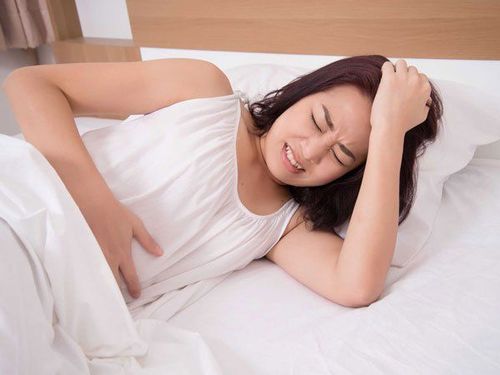
Nếu bạn đau bụng dữ dội sau khi nội soi cần báo cáo ngay lập tức
5. Notes after gastroscopy
Most patients respond well to endoscopy and feel normal soon after. Mild fatigue is common after a colonoscopy, and you should plan ahead to rest and relax during the day after your laparoscopic procedure.The endoscope will explain the endoscopy results before you leave the hospital. If biopsies have been performed or polyps have been removed, the pathology results will normally be returned after one week.
Vinmec International General Hospital with a system of modern facilities, medical equipment and a team of experts and doctors with many years of experience in medical examination and treatment, patients can rest assured to visit examination and treatment at the Hospital.
Please dial HOTLINE for more information or register for an appointment HERE. Download MyVinmec app to make appointments faster and to manage your bookings easily.




